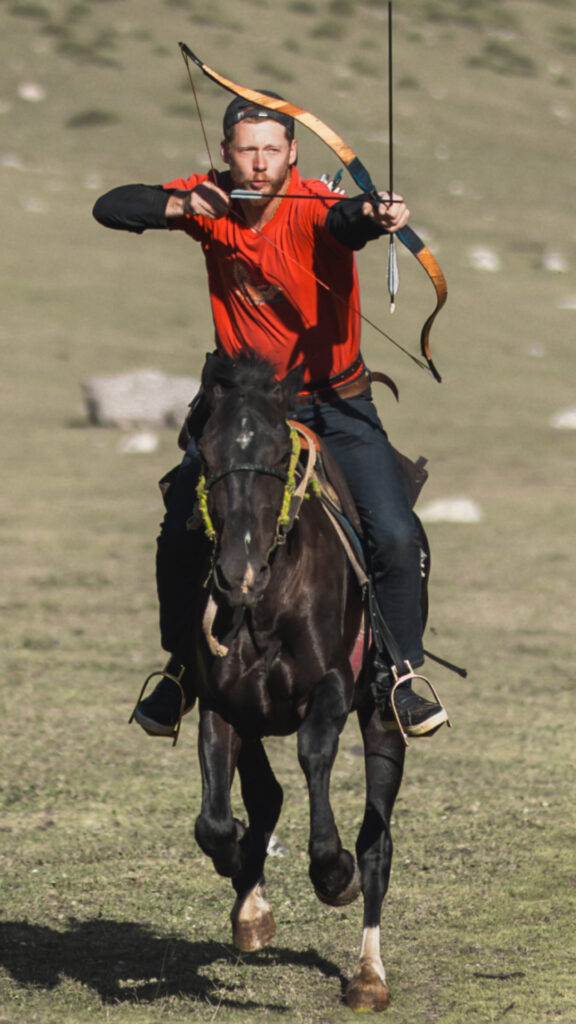 Since childhood I was drawn to nomadic cultures, their composite bows, and their riding skills. What began as fascination became a discipline. I spent years studying surviving hornbows, traveling across Mongolia, Kazakhstan, Kyrgyzstan, Khakassia, and Tuva, and practicing horseback archery to understand how these bows were really used.
Since childhood I was drawn to nomadic cultures, their composite bows, and their riding skills. What began as fascination became a discipline. I spent years studying surviving hornbows, traveling across Mongolia, Kazakhstan, Kyrgyzstan, Khakassia, and Tuva, and practicing horseback archery to understand how these bows were really used.
Tengri comes from the old Turkic and Mongol word for sky. I chose it because my work is tied to the same environment, spirituality, and traditions.
I build composite bows using horn, wood, and sinew, and they are reconstructions of historical originals. Each bow is made to work in real use, not as a display piece.
If someone chooses my bow, they get a weapon built by a full time maker living in the Kyrgyz mountains who understands both the craft and the way these bows were actually used.
Jiri TengriBows Czech Republic 2016
